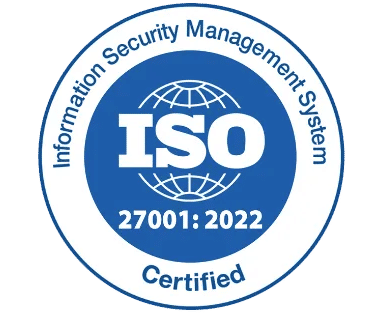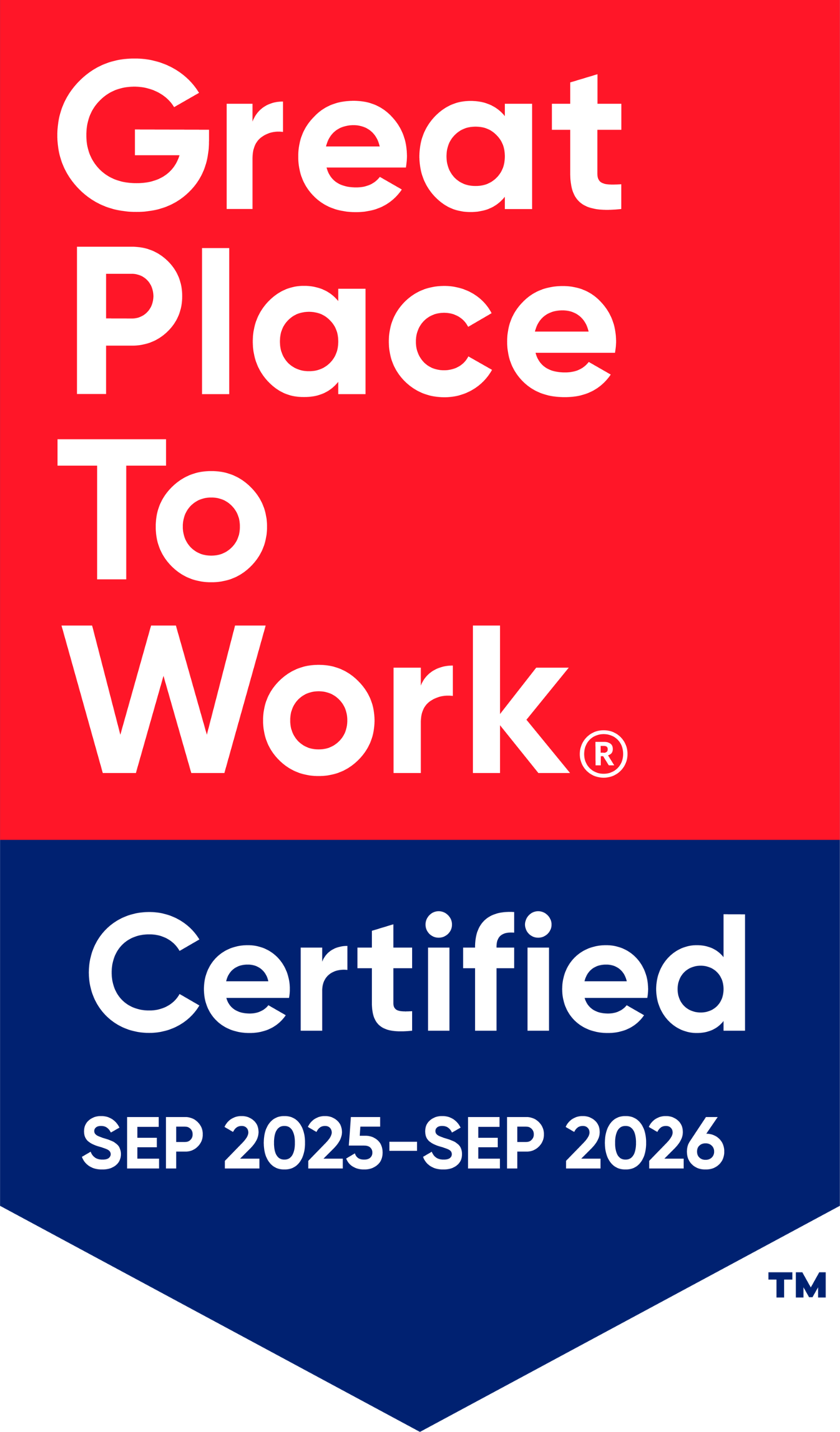Why Asset Management is Essential for Businesses in 2025

In 2025, businesses face a fast-paced world where staying organized and efficient is key to success. One area that’s become a game-changer for companies of all sizes is asset management. Whether you’re running a small startup or a large corporation, knowing how to track, maintain, and use your assets effectively can make or break your operations. But what exactly is asset management, and why is it so important for businesses today? This blog dives deep into the reasons why asset management is essential, how it impacts your bottom line, and what trends are shaping its role in 2025.
What is Asset Management?
Asset management is the process of tracking and managing a company’s assets to ensure they’re used efficiently and maintained properly. Assets can be physical, like machinery, vehicles, or office equipment, or intangible, like software, patents, or financial investments. The goal is to maximize the value of these assets while minimizing costs and risks.
Think of it like keeping track of everything valuable in your home. If you don’t know where your tools are or when they need repairs, you might waste time or money replacing them. For businesses, this problem is magnified because assets often cost thousands or even millions of dollars. Good asset management ensures everything is accounted for, in good condition, and ready to use when needed.
Why Asset Management Matters in 2025
The business world in 2025 is more complex than ever. Technology is advancing, supply chains are unpredictable, and customer expectations are sky-high. Here’s why asset management is critical for staying ahead:
1. Saves Money and Reduces Waste
Every business wants to cut costs without sacrificing quality. Asset management helps by preventing unnecessary expenses. For example, if you track your equipment’s maintenance schedule, you can fix small issues before they turn into expensive breakdowns. This proactive approach extends the life of your assets, so you don’t have to replace them as often.
In 2025, with inflation and economic uncertainty still lingering, saving money is a top priority. Asset management software can provide real-time data on how your assets are performing, helping you decide whether to repair, replace, or retire them. This cuts down on wasteful spending and keeps your budget in check.
2. Boosts Efficiency and Productivity
Time is money, and inefficient processes can slow your business down. Asset management streamlines operations by ensuring employees have the tools they need when they need them. Imagine a delivery company where drivers can’t find working vans because no one tracks vehicle maintenance. Delays pile up, customers get frustrated, and the business suffers.
With proper asset management, you can avoid these headaches. Tools like barcode scanners or cloud-based tracking systems let you know exactly where your assets are and their condition. This means less downtime, fewer delays, and happier customers. In 2025, businesses are leaning on automation and AI to make these systems even faster and more accurate.
3. Improves Decision-Making with Data
Data is king in 2025. Companies that make decisions based on solid information are more likely to succeed. Asset management systems collect data on everything from usage patterns to maintenance costs. This helps you make smart choices about your resources.
For instance, if your data shows that a certain piece of equipment is constantly breaking down, you might decide to invest in a newer model. Or, if you notice some assets are barely used, you could sell them to free up cash. These insights give you a clear picture of what’s working and what’s not, so you can plan for the future with confidence.
4. Ensures Compliance and Reduces Risk
Many industries, like healthcare or manufacturing, have strict rules about how assets must be managed. Failing to follow these regulations can lead to hefty fines or even lawsuits. Asset management helps you stay compliant by keeping detailed records of maintenance, inspections, and usage.
In 2025, cybersecurity is also a growing concern. Intangible assets like software and data need protection from cyber threats. A good asset management system tracks software licenses and updates, ensuring your digital assets are secure and up to date. This reduces the risk of data breaches, which can cost businesses millions in damages and lost trust.
5. Supports Sustainability Goals
Sustainability is a big deal in 2025. Customers and investors want businesses to be environmentally responsible. Asset management plays a role by helping you use resources more efficiently. For example, tracking energy usage of machinery can show you where to cut waste, lowering your carbon footprint.
Plus, extending the life of assets through regular maintenance means fewer replacements, which reduces the demand for new materials. Some companies are even using asset management to track recyclable materials, ensuring they meet eco-friendly standards. This not only helps the planet but also boosts your brand’s reputation.
Top Trends Shaping Asset Management in 2025
1. AI and Automation
Artificial intelligence is transforming asset management. AI-powered systems can predict when equipment might fail, so you can fix it before it breaks. They can also analyze usage patterns to suggest ways to optimize your assets. For example, AI might recommend reallocating underused equipment to a busier department.
Automation is also making tracking easier. Sensors and IoT (Internet of Things) devices can monitor assets in real time, sending alerts if something’s wrong. This reduces the need for manual checks, saving time and labor costs.
2. Cloud-Based Solutions
Cloud technology is a game-changer for asset management. Instead of storing data on a single computer, cloud-based systems let you access asset information from anywhere. This is perfect for businesses with multiple locations or remote teams.
In 2025, cloud solutions are more affordable and secure than ever. They also integrate with other tools, like accounting or inventory software, creating a seamless workflow. This flexibility helps businesses stay agile in a fast-moving market.
3. Focus on Cybersecurity
As more assets go digital, protecting them from cyber threats is critical. Asset management systems in 2025 are prioritizing cybersecurity features, like encryption and multi-factor authentication. These tools ensure that sensitive data, like customer information or proprietary software, stays safe.
Businesses are also using asset management to track software licenses, making sure they’re not using outdated or vulnerable programs. This proactive approach keeps your operations secure and compliant with regulations.
4. Mobile Access
In 2025, employees expect to access work tools on their phones or tablets. Asset management apps let workers check asset status, request repairs, or update records on the go. This is especially useful for field workers, like technicians or delivery drivers, who need real-time information.
Mobile access also improves communication between teams. For example, a warehouse manager can instantly notify maintenance staff about a broken machine, speeding up repairs and minimizing downtime.
How to Get Started with Asset Management
Ready to make asset management a priority for your business? Here’s a simple plan to get started:
- Take Inventory – List all your assets, both physical and intangible. Include details like purchase date, condition, and location.
- Choose the Right Tools – Invest in asset management software that fits your needs. Look for features like real-time tracking, mobile access, and integration with other systems.
- Set Up Processes – Create clear procedures for tracking, maintaining, and updating assets. Train your team to follow these steps consistently.
- Monitor and Adjust – Use data from your asset management system to track performance. Regularly review reports to spot trends and make improvements.
- Stay Updated – Keep an eye on industry trends, like AI or cybersecurity, to ensure your asset management strategy stays cutting-edge.
- Track software licenses and warranties to avoid compliance risks.
- Ensure all devices and applications receive necessary security patches and updates.
- Identify and mitigate security threats before they become major issues.
To fully leverage IT asset management in digital transformation, businesses should follow these best practices:
Conclusion
Asset management isn’t just a nice-to-have in 2025—it’s a must for businesses that want to stay competitive. By saving money, boosting efficiency, improving decisions, ensuring compliance, and supporting sustainability, asset management touches every part of your operations. With new technologies like AI, cloud solutions, and mobile apps, it’s easier than ever to manage your assets effectively.
Start small, focus on what matters most, and build a system that grows with your business. In a world where every dollar and minute counts, asset management is the key to unlocking your company’s full potential.
Frequently Asked Questions
What types of assets should businesses track?
Businesses should track both physical assets (like equipment, vehicles, and furniture) and intangible assets (like software, patents, and data). Anything that adds value to your operations or has significant cost should be monitored.
How does asset management software work?
Asset management software tracks assets using tools like barcodes, RFID tags, or IoT sensors. It stores data on asset location, condition, and maintenance history, often in the cloud, so you can access it anytime.
Why is asset management important for small businesses?
Small businesses often have limited budgets, so managing assets well helps avoid waste and unexpected costs. It also improves efficiency, letting small teams do more with less.
How can asset management improve sustainability?
By tracking energy usage and extending asset lifespans through maintenance, asset management reduces waste and resource consumption. It also helps businesses meet eco-friendly goals, like recycling or lowering emissions.
What are the risks of poor asset management?
Poor asset management can lead to equipment breakdowns, lost productivity, higher costs, and compliance issues. It can also expose businesses to cybersecurity risks if digital assets aren’t properly secured.
How often should businesses update their asset management system?
Businesses should review their asset management system at least quarterly to ensure data is accurate and processes are working. Major updates, like new software features, can be done annually or as needed.









_svxLrd-8yH.png)

_2VYSFUTN5m.png)

_JiluXJRGNl.svg)

_2djTKNocf.png)





_Rapo0hRMBy.png)

















